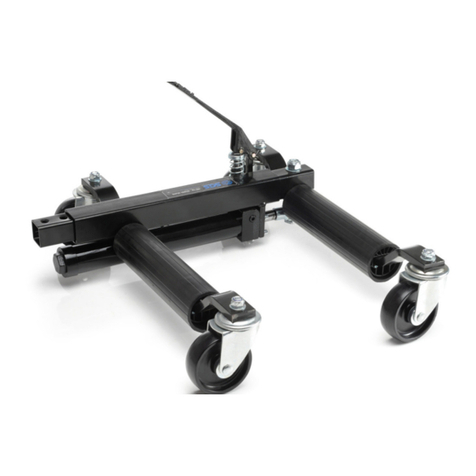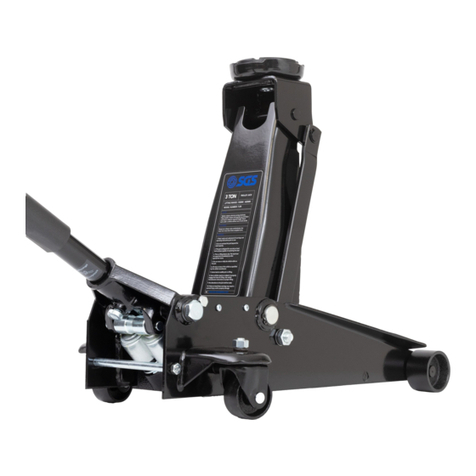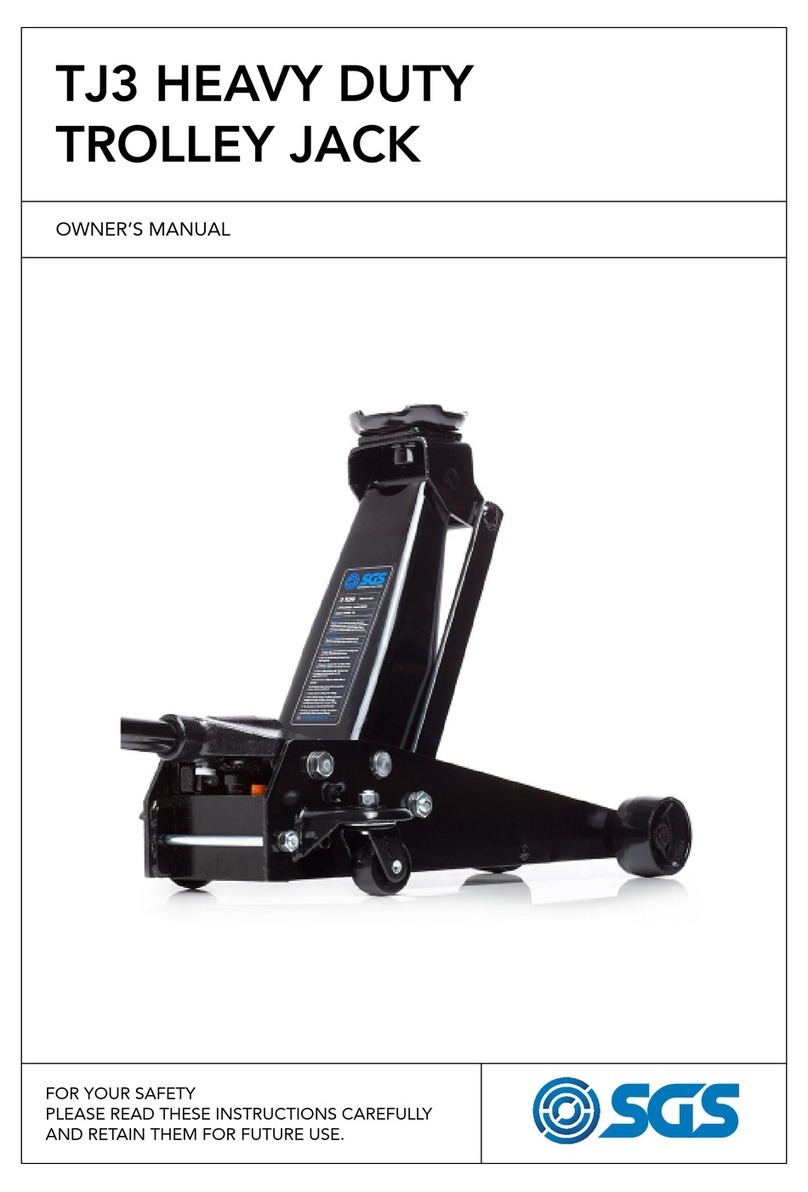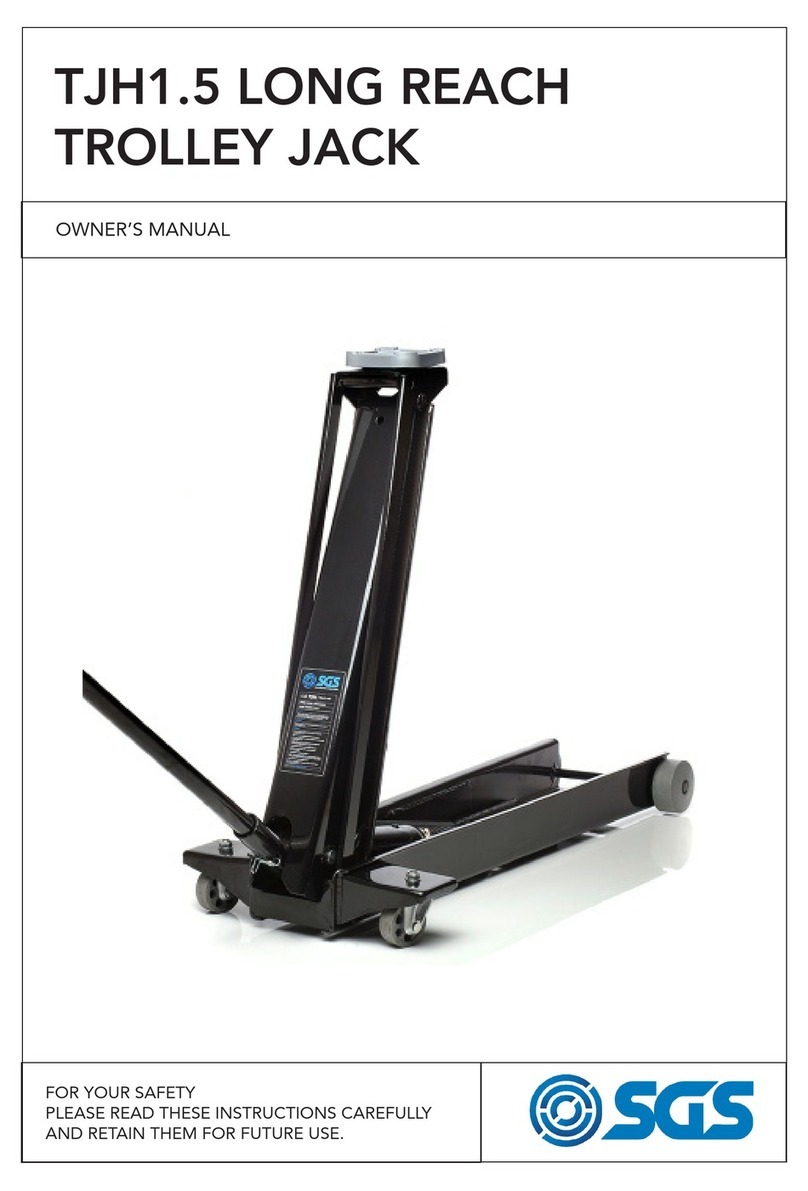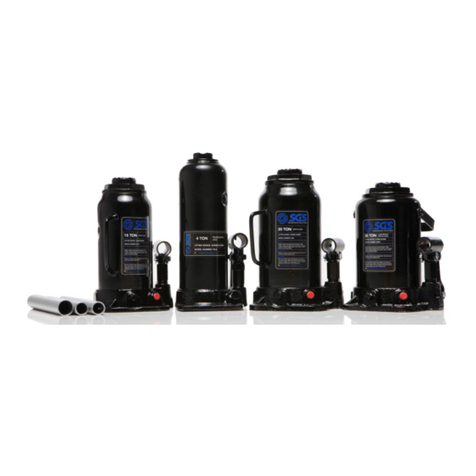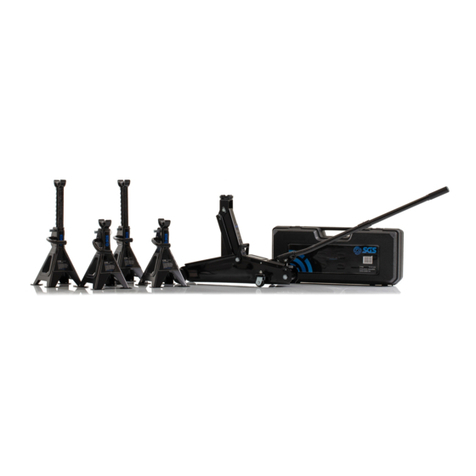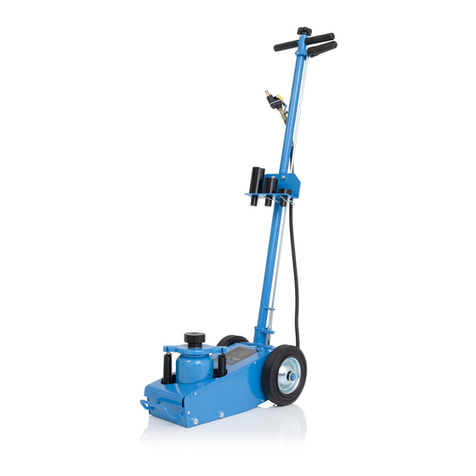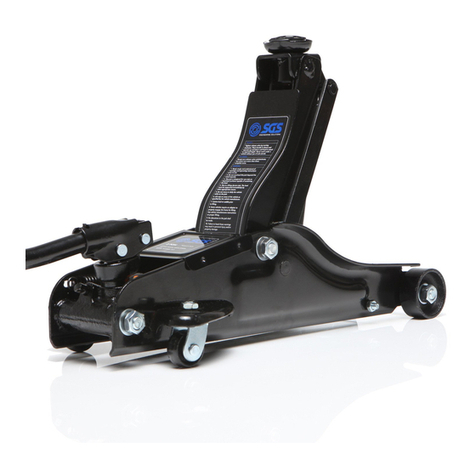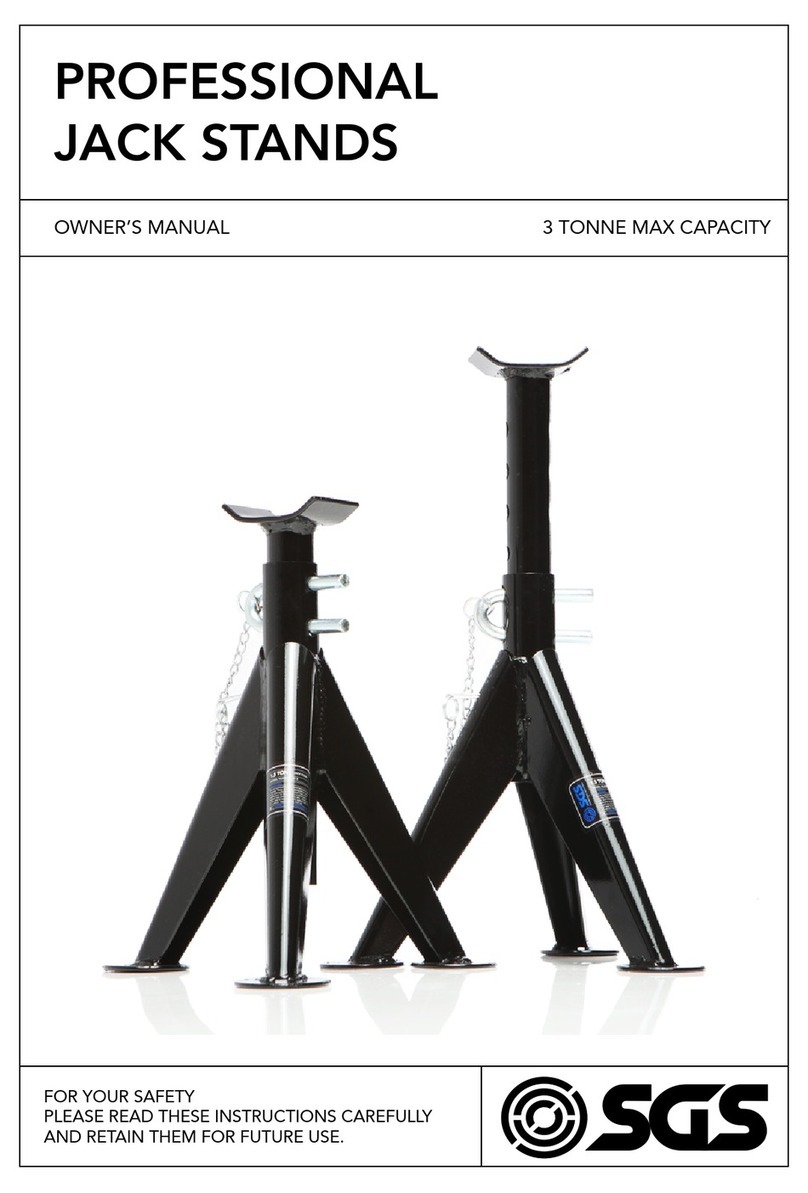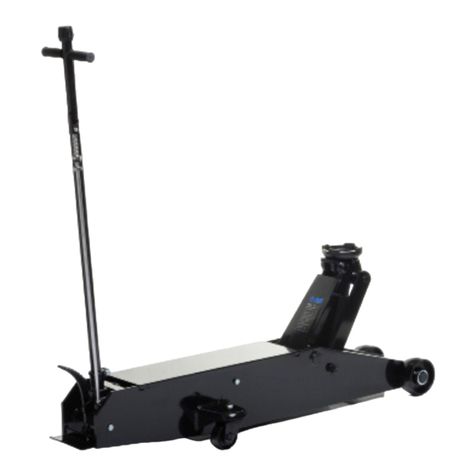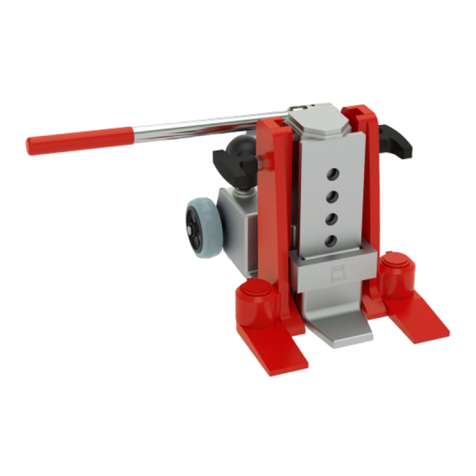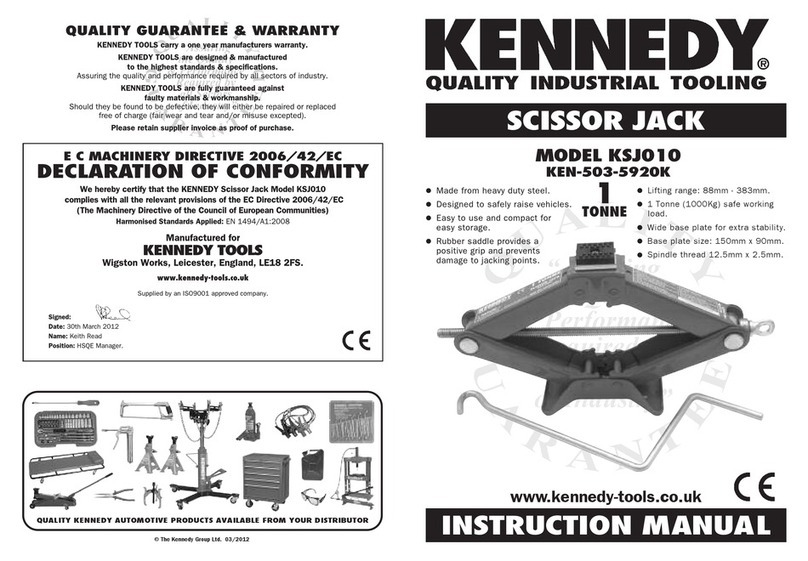
CE MARK
SGS engineering is committed to designing, manufac-
turing, and marketing products that meet or exceed
the needs of the customers we serve. SGS engineering
can supply a letter of incorporation or a declaration of
conformity and ce marking for products that conform with
European community directives.
ISO 9001
SGS engineering’s commitment to quality is evident in
everything we do, from raw material receipt to how we
support our customers years after they purchase our
products. SGS engineering is registered to iso 9001: 2000
international quality standard. Iso 9001: 2000 requires
compliance with standards for management, administra-
tion, product development, manufacturing and continual
improvement.
Our registration verifies that SGS engineering has adopted
and maintains documentation for processes ranging from
suppliers to customers, inspection, handling, and training.
Iso 9001 also requires periodic internal and external audits
to ensure all aspects of work affecting quality control are
monitored. This always has been, and will continue to be,
our philosophy. That’s our guarantee to you.
For more products please browse our website:
www.sgs-engineering.com
• Gas struts for cars, domestic & industrial applications
• Hydraulic bottle jacks, trolley jacks, axle stands, farm jacks
• Workshop and industrial hydraulic presses
• Hydraulic cylinders, pumps, tools & equipment
FOR YOUR SAFETY
PLEASE READ THESE INSTRUCTIONS CAREFULLY
AND RETAIN THEM FOR FUTURE USE.
EC Declaration of Conformity
This is an important document and should be retained
MANUFACTURER’S NAME:
TYPE OF EQUIPMENT:
PART NUMBER:
I, the undersigned, hereby declare that the equipment specied above con-
forms to the above European Communities Directive(s) and Standard(s).
PLACE:
DATE: (Signature)
Robert Wyatt
Company Secretary
Derby, UK
24th JUNE 2017
SGS Engineering (UK) Ltd
SGS Engineering (UK) Ltd
West Side Park
Raynesway
Derby, DE21 7AZ
Hydraulic Trolley Jack
TJ3LP
2006/42/EC Machinery Directive as amended by directive
2009/127/EC
EN1494:2000 + A1:2008 Mobile or movable jacks and associated lifting
equipment
The Supply of Machinery (Safety) Regulations 2008 Statutory instrument 2008
No.1597
The Supply of Machinery (Safety) (Amendment) Regulations 2011 Statutory
instrument 2011 No.2157
APPLICATION OF EC COUNCIL DIRECTIVES / STANDARD:












